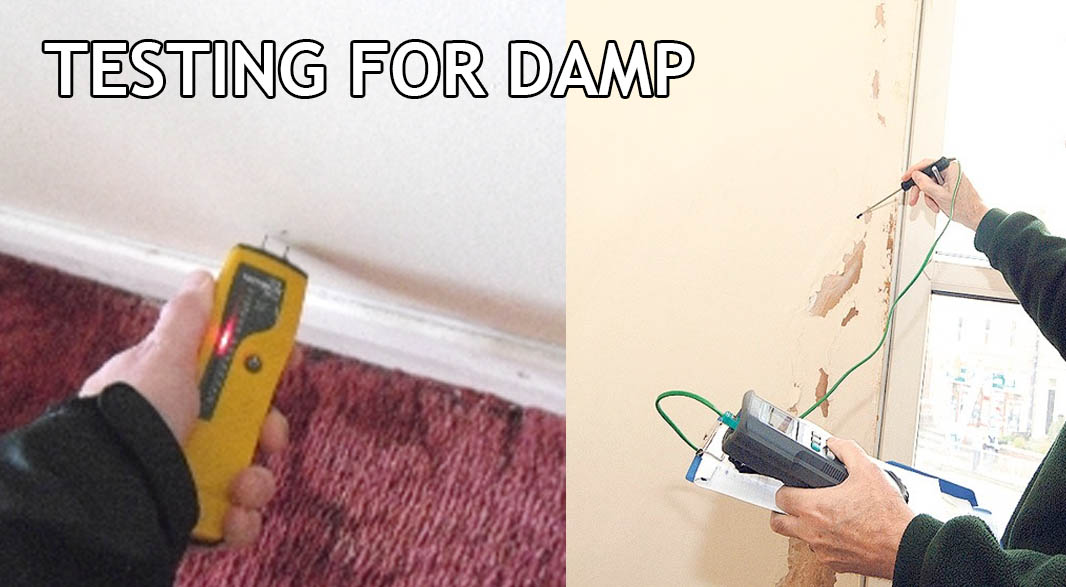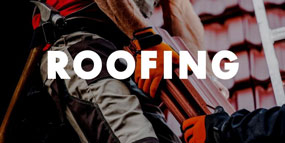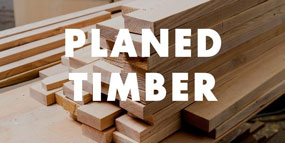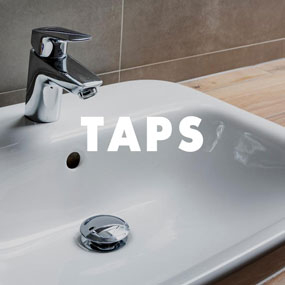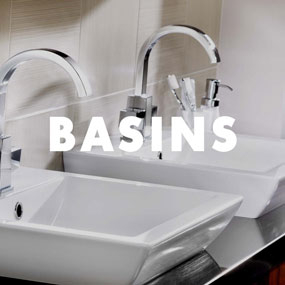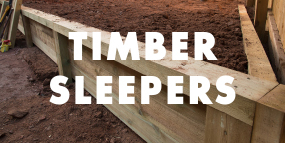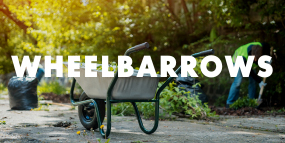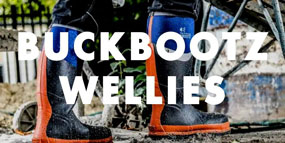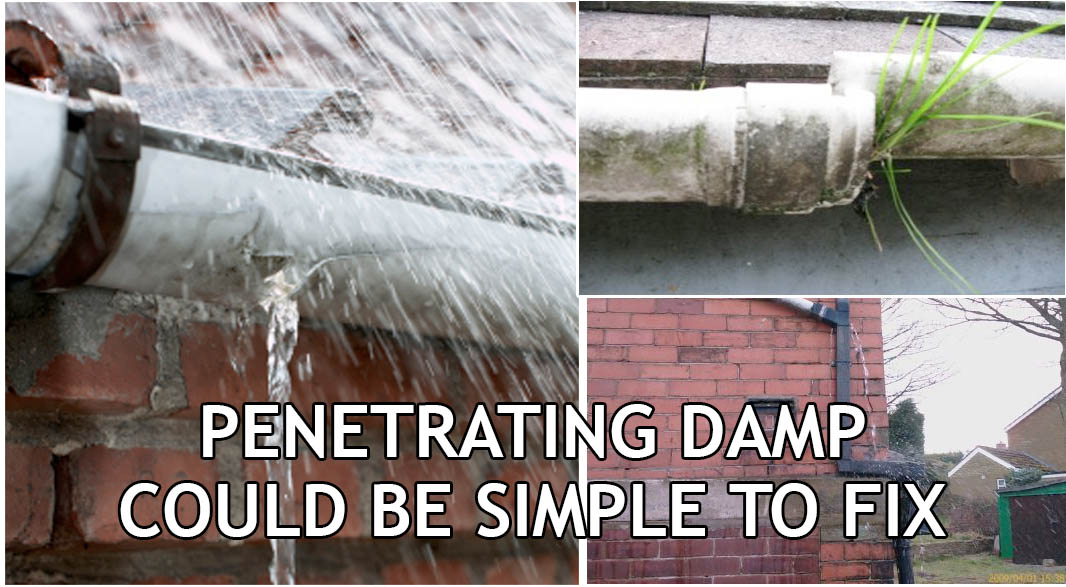Damp is a word that strikes fear into the hearts of many home owners. Damp can damage your home and also lead to health problems for its inhabitants. But it isn’t a single problem; dampness can arise from many sources, and it’s important to understand the different types if you want to protect your home effectively. Here are some tips to help.
1. Spotting it early. Damp can do a lot of damage, and if you can spot it early you can get it fixed before it goes too far. Signs to look for are mould growth on internal walls and ceilings, salts or watermarks towards the bottom of walls and moss on external walls.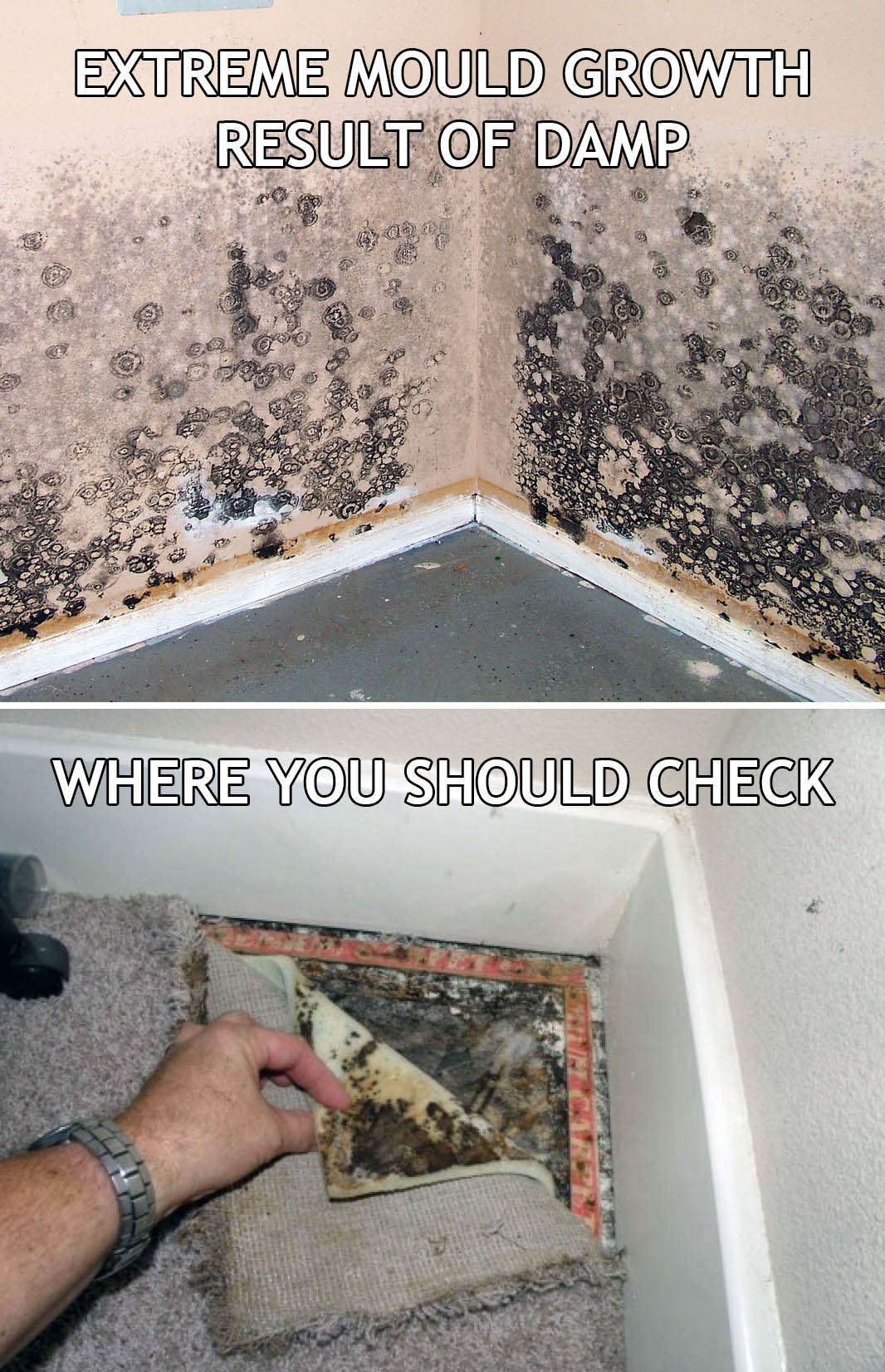
2. Rising damp. This is the one that people worry about most, but it’s actually the rarest form of damp. It’s usually found in older houses where there is no damp-proof course or in newer properties where the DPC is not performing effectively.
3. Penetrating damp. This is caused by water getting into the house from the outside walls. Often it’s caused by something simple such as a cracked or leaking gutter. It may also be caused by damaged rendering or brickwork or badly applied cavity insulation. So one of the things you can do is keep up with the simple repairs to avoid hassle in the future.
Looking For Cavity Wall Insulation? Find it Here!
4. Condensation. Condensation is often mistaken for dampness. It’s caused by everyday activities such as washing and cooking and by drying laundry indoors. The easiest way to prevent it is to ensure proper ventilation, especially in kitchens and bathrooms.
5. Check your damp-proof course. Most houses built since the 1930s will have a damp-proof course (DPC). This should be about 150mm above ground level. In older houses it may be slate, and in newer ones it will be plastic or a bitumen felt. You should be able to see it on the outside wall. Make sure that it isn’t covered by soil or patio paving. 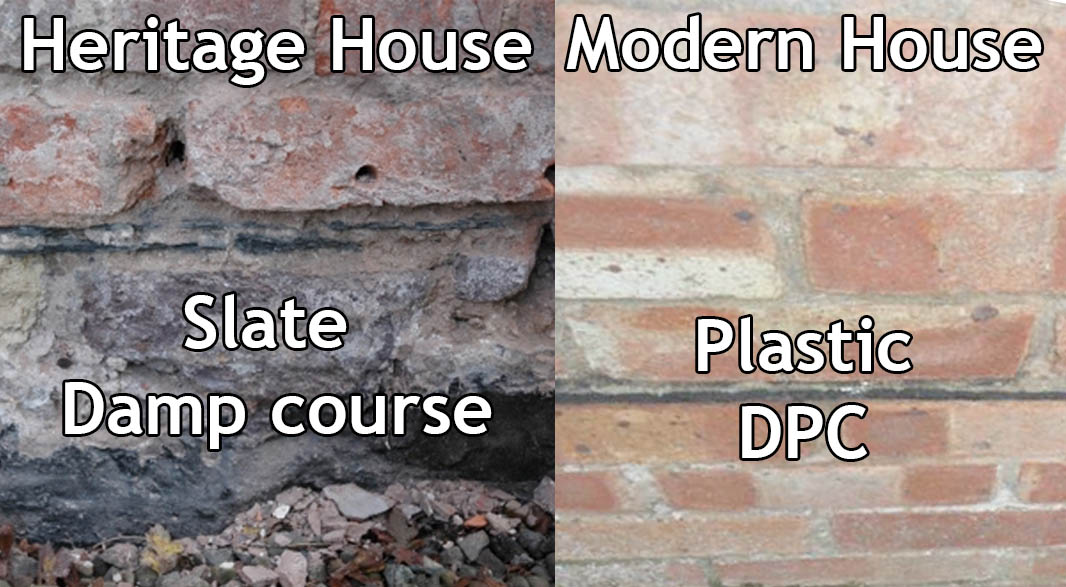
6. Chemical DPCs. In older properties or where the original DPC has failed, the usual solution is to drill holes in the wall and inject a chemical damp-proof solution. BE CAREFUL you should really check with a heritage building expert as using modern materials on old properties is often a bad idea.
7. Keep it heated. In colder weather it’s a good idea to keep your house heated to a fairly constant temperature. This reduces the chance of condensation forming when your house heats up and cools down. Remember that condensation can be happening where you can’t see it - inside the roof space, for example - if things are allowed to get too cold.
8. Portable dehumidifiers. If you have a particular problem with dampness from condensation, a portable dehumidifier will help take moisture out of the air and keep things at the right level. This is especially useful if, for example, you’ve had new building work done, as it can help the plaster to dry out evenly.
9. Get a survey. If you think you may have a damp problem, it’s important to get it looked at by a professional surveyor, who will be able to advise on what to do next.